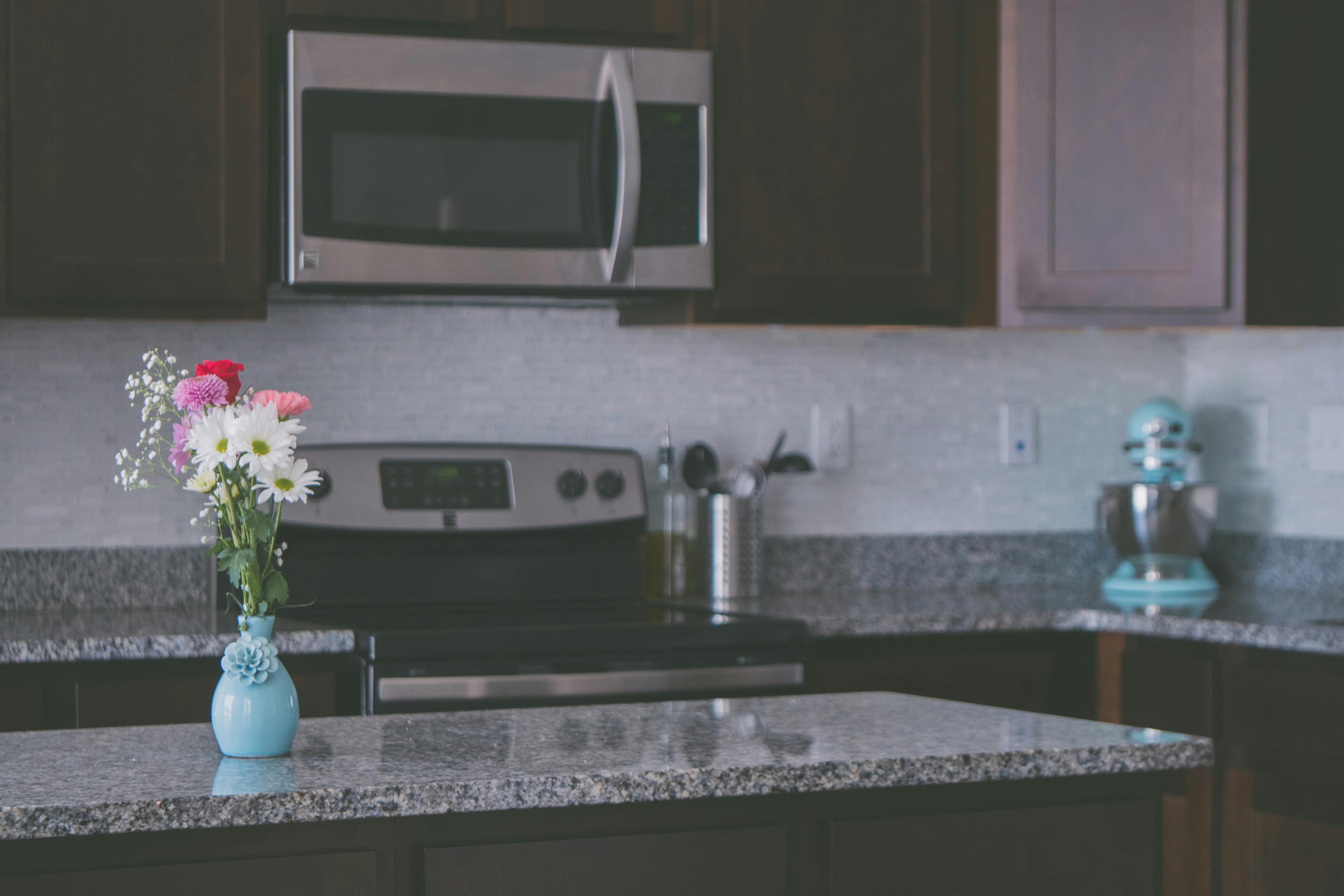If you are planning a do-it-yourself plumbing or drainage installation at home, you should be aware of local authority regulations. If you want to change your existing drainage or install a new drainage system, you should always inform your local council. You should give them a detailed outline of the design. This will help them to check whether the project meets the building regulations or not. If you are only replacing the damaged parts, you do not need to inform the local council.
Take a close look at your drainage system before starting the job. Each drainage system consists of dirty water and surface water. The water that comes out of your bathrooms, parking lots, or kitchens is known as dirty water. Rainwater is basically known as surface water. These accumulate in the drains, sewer systems and gutters of older properties. Normally, both rainwater and surface water drain into the same outlet in a joint drainage system. Only a modern drainage system can keep sewage and surface water separate.
Plan the entire route of the sewage pipes before starting the work. It is best to keep these pipes straight and short. Do not install the pipes at a steep height. This will certainly lead to an inadequate drainage system. You can estimate the height of a drain using the surveyor’s site map. If you don’t have a site map handy, use a hose filled with water.
Before installing a drainage ditch, make sure that you do not disturb the building’s foundation in any way. If you are installing the drains parallel to the building, be sure not to disturb any part of the building. Never dig too deep a trench while installing pipe for a new drainage system. Lay the pipes quickly, then backfill the trench as soon as testing and inspection are complete.
Do not use bricks or any other hard substance to support the pipe. This can cause significant damage to the pipeline. The bedding should have a hollow cavity (to accommodate the pipe joints). It must provide full length support for the pipe. As soon as the inspection is complete, fill the space with granular materials up to 100mm above the pipe.
Make sure that the lines of a drainage system are accessible to a pair of drain rods. DIY plumbing or drain installations are easy, only if you are sure of it. But, always hire a professional if you don’t feel confident doing the job yourself.



